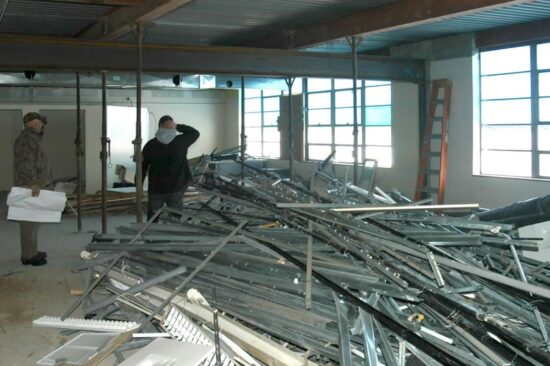
Domino’s Pizza, Ave Maria College, and SchoolPictures.com. How are these 3 connected? The new headquarters of SchoolPictures.com is housed in buildings that used to belong to Ave Maria College which was founded by Thomas S. Monaghan, the founder of Domino’s Pizza. But more important than that fact is that SchoolPictures.com’s new home will become the first LEED certified commercial building in Ypsilanti, a 4.2 square mile city near Ann Arbor, Michigan.
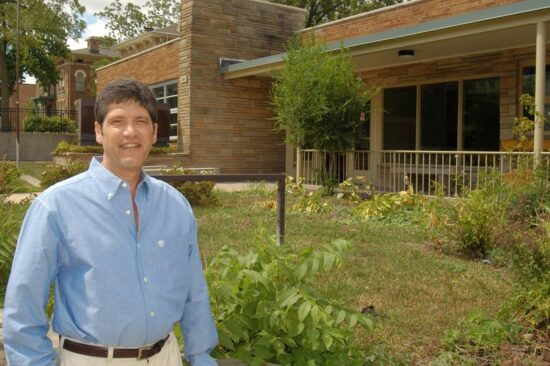
Founder and President of SchoolPictures.com Mr. Skip Cerier is the instigator of greening this project that is his pride and joy. In 2007/2008, to accommodate his expansion plans for his 2 year old company, Skip purchased a property vacated by the Ave Maria College: 2 elementary school buildings built in the 1940s, an 1864 civil war-era house renovated to the original Victorian style, and a 3.5 acre campus park.
The City of Ypsilanti asked Skip to save the buildings due to their location in the historic district. After extensive research on USGBC’s LEED certification program and how he could renovate the existing buildings in a green manner, Skip introduced the idea of LEED certification to city officials. As a result of 30 presentations to 7 governmental agencies to get the project moving, Skip gained the City’s enthusiastic support for saving the buildings from demolition and renovating them to LEED standards.
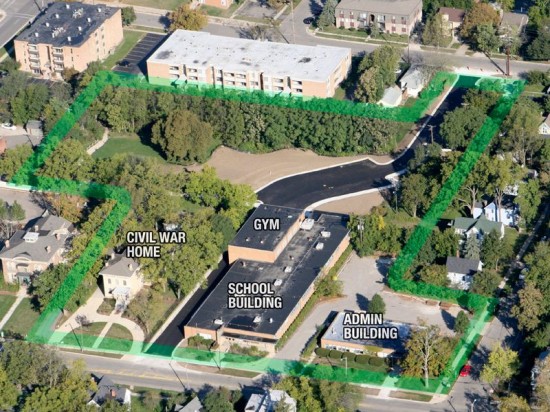
The green renovation of the property started with the site’s brownfield clean up and the school buildings’ asbestos and lead paint clean up. Afterwards, the labor intensive process of careful deconstruction began and resulted in the recycling of 72 tons of materials which is 80% of the total debris removed from the buildings. One of the challenges that Skip faced was finding a company to take away the construction waste and debris. Back in 2008, he found only one company that would take away the segregated waste and recycling bins. As a point of reference, the City and County of San Francisco adopted in 2006 an ordinance that mandates mixed C&D debris be transported off-site and a minimum of 65% of it be recycled. San Francisco’s designated waste management company started this practice much earlier than 2006.
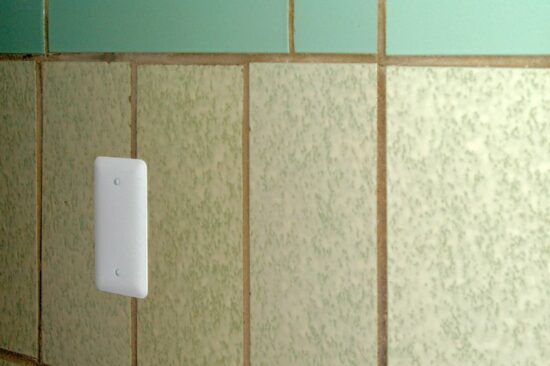
The next phase of recycling involved saving much of the finish materials that were deserving of a second life: brick characterized by horizontal groove lines and masonry blocks finished with a sea foam green glaze. Thus, thoughtful care went into the cleaning and re-use of these materials mostly in situ. What brick that could not remain on the exterior walls went into new infill walls such as bathroom partitions and privacy walls. What blocks that were covered with years of paint were stripped of their coatings with heat guns and returned to their original luster.
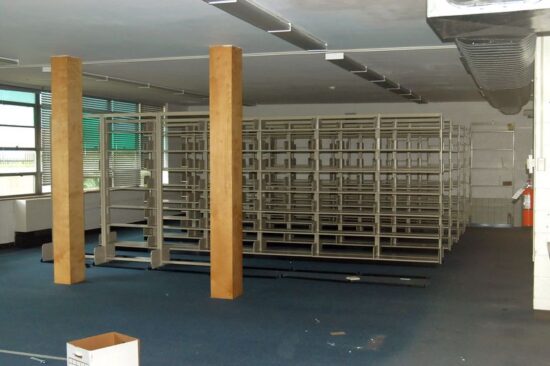
Responsible recycling strategies plus a little extra legwork were also applied to the treatment of furnishings left behind by the college. The library equipment and shelving were donated to schools throughout the state of Michigan. After some research, Skip discovered that he could donate the 100 abandoned CRT monitors to a local non-profit group whose mission is to keep kids off the streets. The CRT monitors would be used in its computer assembly class that teaches people how to build computers and the finished computers would get donated to senior citizens. How’s that for a closed recycling loop? Bravo!
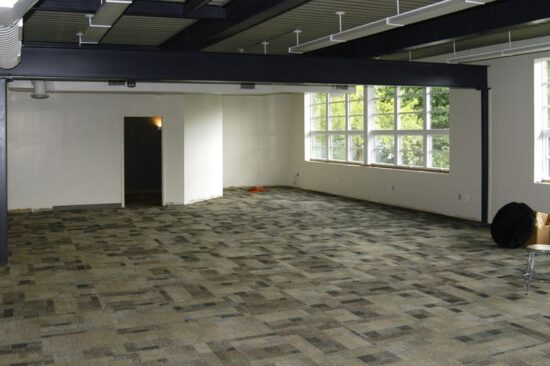
Deconstruction and recycling were tedious. Next came the easy part. Skip and his design team incorporated energy and water conservation strategies in their renovated offices, facility for processing photos, and photography studios. The end result is a comfortable working environment for SchoolPictures.com’s employees and clients who go there to get their photos taken. Implemented strategies include the following:
- Insulation added to existing concrete masonry walls
- Commercial, double paned, aluminum windows with high STC rating
- Light-diffusing, honeycomb blinds
- New hydronic base-board heating
- Increased number of heating/cooling zones for better efficiency
- Energy Star rated appliances
- Low wattage fluorescent lamps
- Low voltage halogen lamps for wall accents
- Occupancy sensors
- Waterless urinals (which should save 30,000 gallons of water per year)
- Carpet tile flooring with recycled backing
- Kitchen countertops made from recycled beer bottles
- Green roofs
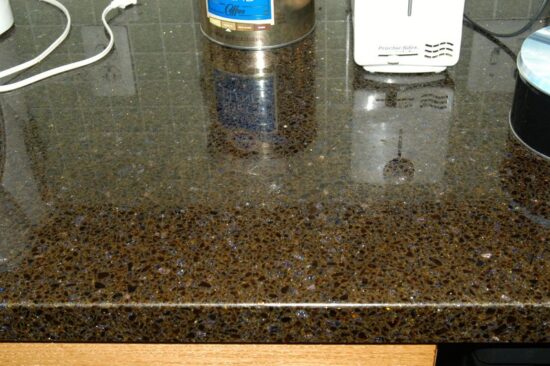
The project currently awaits its LEED Silver plaque. As a follow up to greening the project post-construction, Skip is purchasing renewable energy for the facility and is considering the requirements for installing a wind turbine on the property. Per Skip Cerier, the company’s goal “is to reduce our carbon footprint during the construction phase as well as the utility of the new facility. It’s very unusual for a photo company to do this type of project.”
Indeed, SchoolPictures.com is a rare example of a small, for-profit company that practices social and environmental responsibilities simultaneously. Recognizing the huge financial shortfalls in the school districts upon which Skip built the company’s core mission, the company recycles back part of its profit to its clients–the students and their schools. The company has contributed more than $2.5 million to the 170 plus schools that it has served in the last 5 years since inception. In developing his company’s project, Skip wisely recognized the long term environmental and economic benefits of his investment in implementing creative and sustainable solutions.



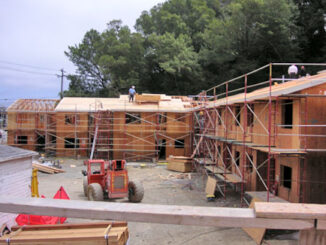

Be the first to comment